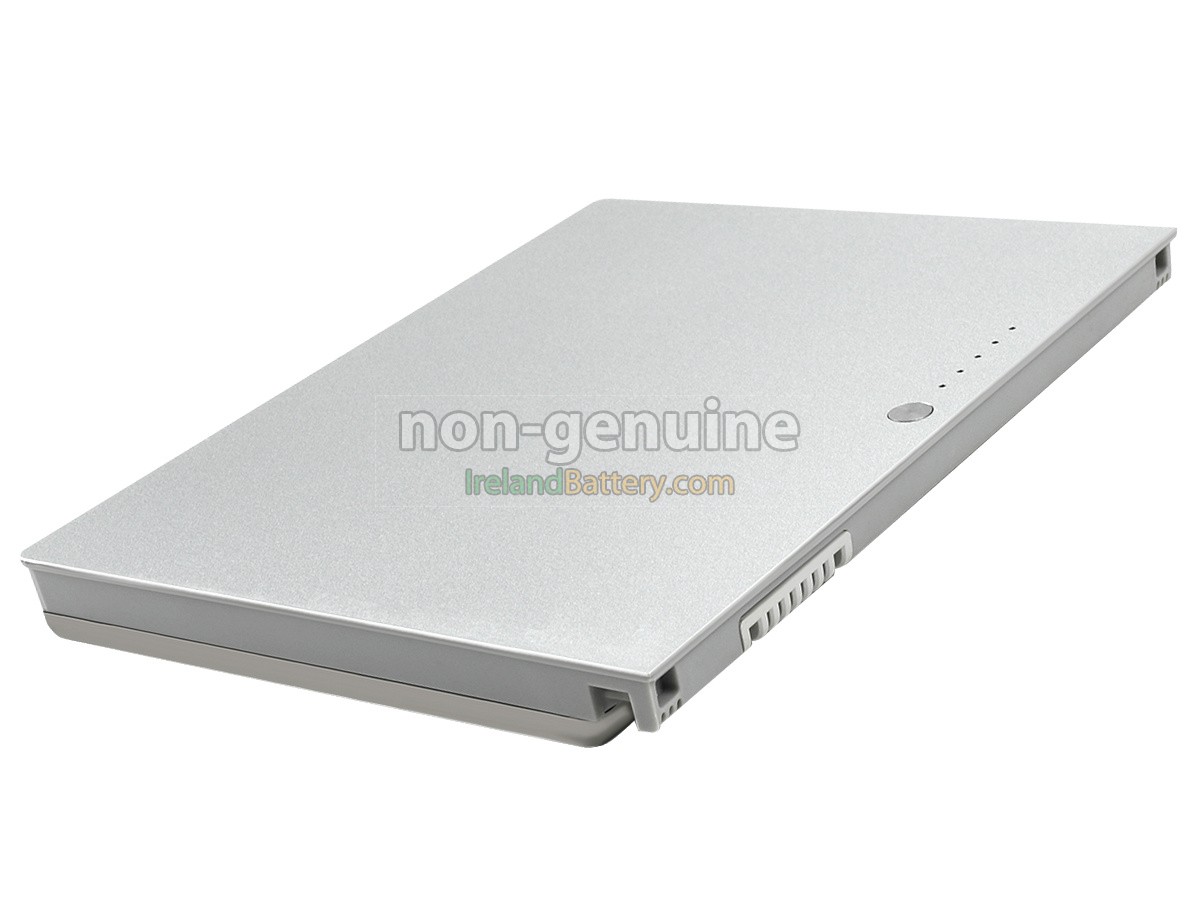

I think it’s still valuable to repeat that old process with any suspect hardware. I would quibble that calibration is needed for all batteries, but that for unibody Macs, that calibration happens as you use the battery over time, not that you have to force it by disconnecting the charger and doing the steps manually. Only time will tell if they voltage curve and performance of this battery of cells performs for you.

#Macbook pro 2007 battery cell replacement mac#
The fact that it works and the firmware on the Mac has accepted the battery and not thrown a “service battery” or fault is a great first step.
#Macbook pro 2007 battery cell replacement full#
I would run the battery through 3 full cycles and then revisit your data collection. I did however charge it fully and leave it plugged in for hours after it was charged. I didn't bother calibrating the battery, because from what I read, unibody batteries don't need that. Since I know, that there frequently are issues with these replacement batteries, how can I check if the battery has any? Is there anything more I can do apart from checking the health, which only says "good"? When I bought this notebook, it would basically go almost the whole day without recharge. About two hours cost me almost half the battery. Only minutes after unplugging with 100% the battery is already at 97%. However, it seems to me, that the battery is losing a lot of charge very fast. I checked coconut battery and it says that the battery is in good condition.

It now probably uses less electricity than before. While I was inside I extradited a ton of dust bunnies, with the result of the macbook now being very quite and seemingly faster. I made sure to buy the most expensive version, in order to avoid issues, I paid 75$ for a "NOHON" battery with good reviews. I replaced the battery on my MacBook Pro (Retina, 15-inch, Mid 2014), after over 2200 cycles, with a new one I bought off aliexpress.


 0 kommentar(er)
0 kommentar(er)
